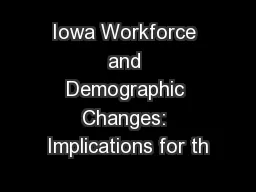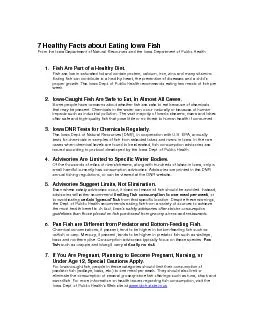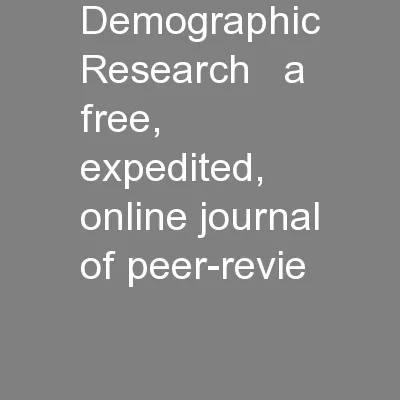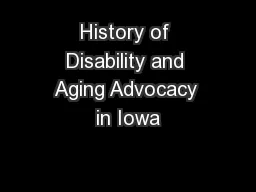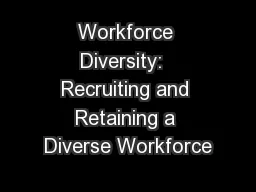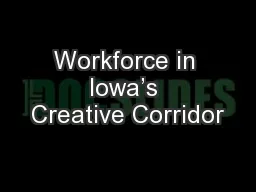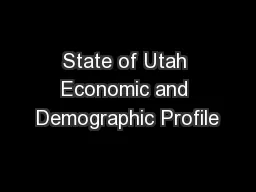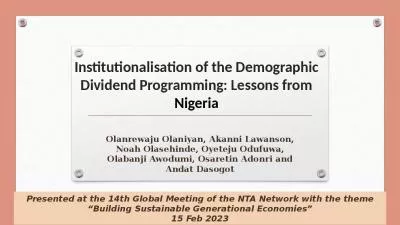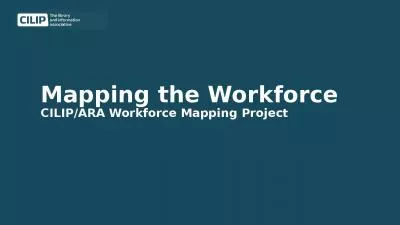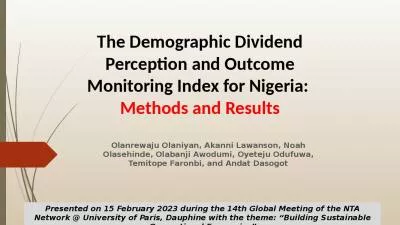PPT-Iowa Workforce and Demographic Changes: Implications for th
Author : pamella-moone | Published Date : 2016-10-09
Lyn Brodersen PhD Annual ISUEO Conference March 2014 Questions for the Future 1963 CA Vines Director Agricultural Extension Service University of Arkansas Little
Presentation Embed Code
Download Presentation
Download Presentation The PPT/PDF document "Iowa Workforce and Demographic Changes: ..." is the property of its rightful owner. Permission is granted to download and print the materials on this website for personal, non-commercial use only, and to display it on your personal computer provided you do not modify the materials and that you retain all copyright notices contained in the materials. By downloading content from our website, you accept the terms of this agreement.
Iowa Workforce and Demographic Changes: Implications for th: Transcript
Download Rules Of Document
"Iowa Workforce and Demographic Changes: Implications for th"The content belongs to its owner. You may download and print it for personal use, without modification, and keep all copyright notices. By downloading, you agree to these terms.
Related Documents

